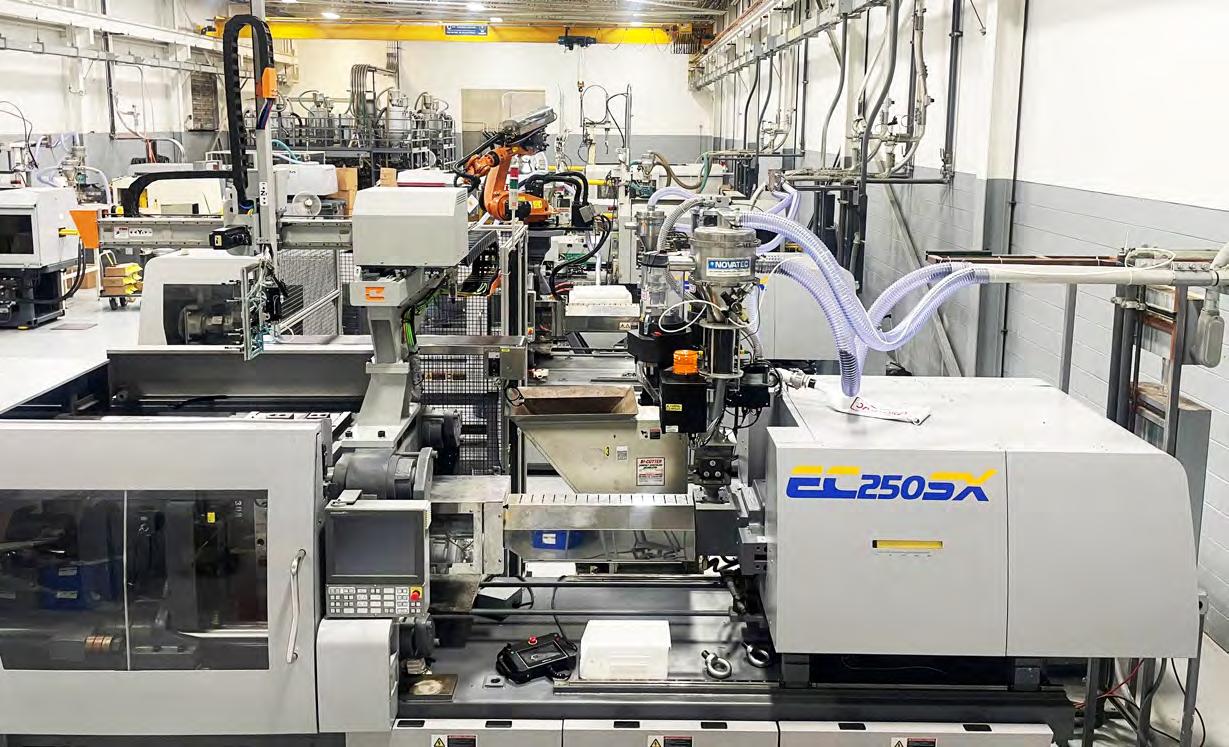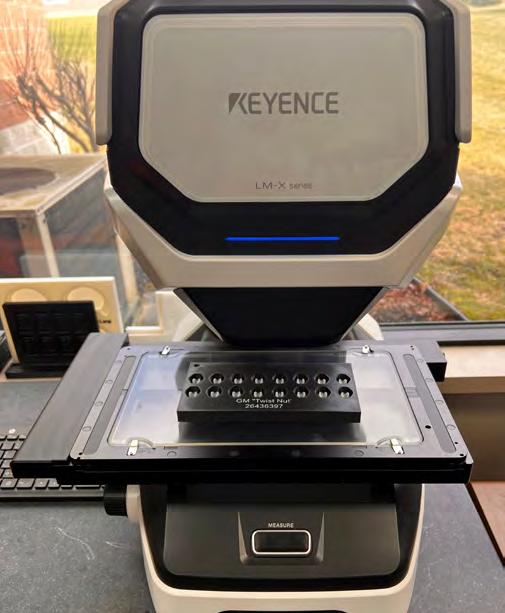
2 minute read
Additive Manufacturing at the Tipping Point
Additive Manufacturing a boost for speed and quality at Champion Plastics

Champion Plastics of Auburn Hills, Michigan, doesn’t use 3D Printing to create production parts but incorporates the technology to improve efficiency. “We use it as an auxiliary tool,” said Jeff Ignatowski, co-owner and president. “We use it to check fixtures for quality checks.”
The results have been positive, as his company consistently hits the 100% on-time delivery mark with zero quality defects and has received quality awards from General Motors and Harley-Davidson. They serve more than 30 customers in the automotive and motorcycle industries while meeting the needs of other firms in the industrial and consumer markets. At least 20 different types of parts come off the production line daily, and the team develops 30 to 40 new parts each year.

Before implementing 3D printing, creating gauges and fixtures was outsourced and expensive, and the turnaround took weeks. Now, they have results overnight.
Champion Plastics also uses 3D Printing to examine potential new tight-tolerance products. Ignatowski said a client might send a CAD file to develop a part, and his
engineers will print a version ten times the designed size to examine it better and evaluate its critical characteristics. “3D printing has been extremely helpful for development and quality inspections,” he said.
The technology also benefits quality control. The company uses a Keyence measuring device to inspect parts for dimensional accuracy. If a part doesn’t have the proper orientation, 3D printers create a fixture to align it to ensure proper measurement. Go/No Go Gauges checks are used to check parts without measuring the pieces. Gauges are printed to physically restrict a part from passing or rejecting inspection of certain features. “Our speed to market is the biggest impact” of in-house 3D Printing, Ignatowski said.
Champion Plastics’ most recent use of Additive Manufacturing has been for its End-of-Arm Tools (EOAT), which grab parts off the production line and package them for shipping. The three- and six-axis robots used for this work use grabbing tools that fit products with different geometries and require custom-made ends to fit specific parts. 3D Printing quickly creates the needed tools.

